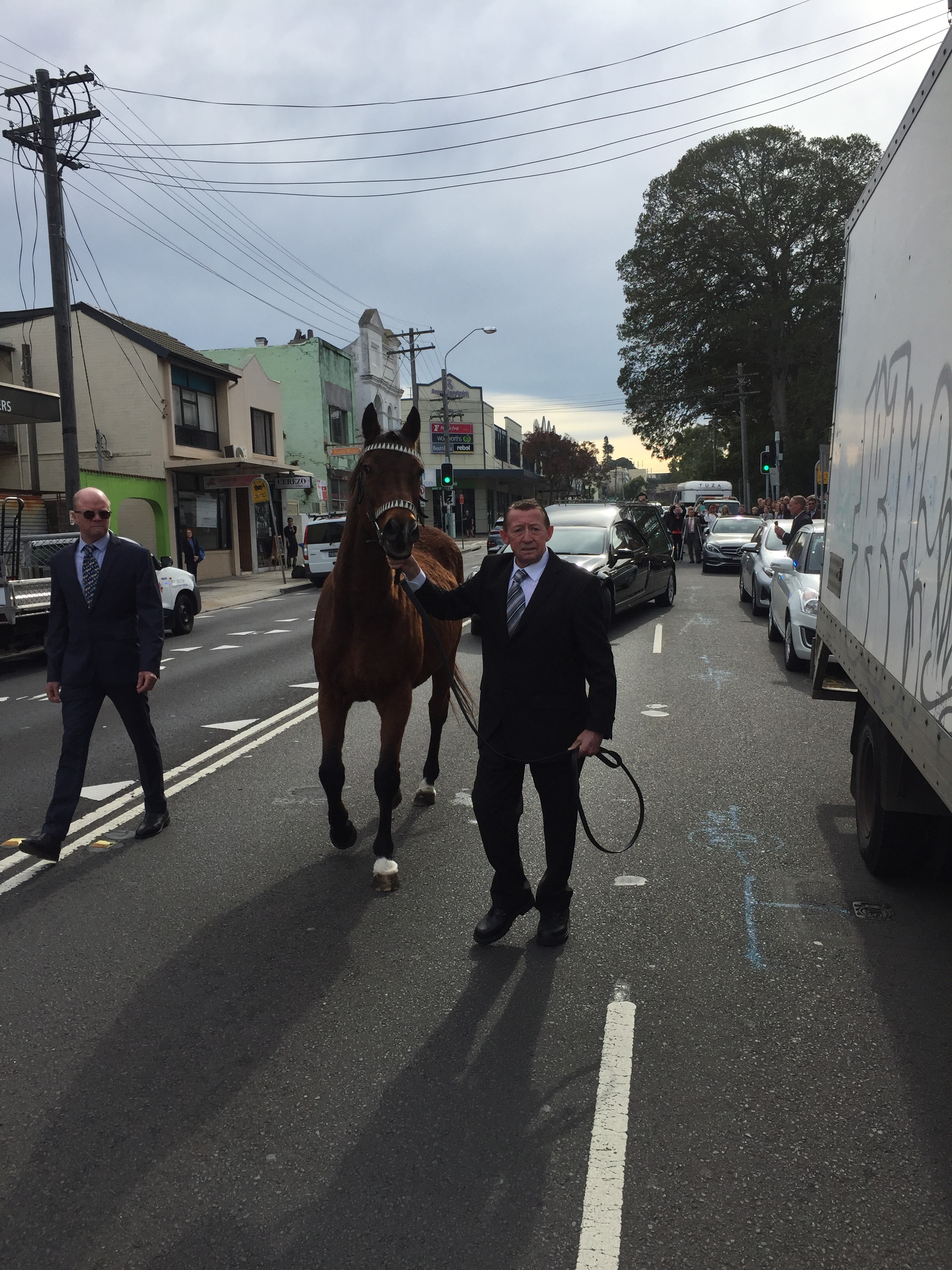Received an email during the week from popular owner Eddy Boas, who wishes to share the most touching horse story in recent memory.
I’m sure you’ll remember Eddy’s hardy campaigner Stony Bay, and like me you’ll be surprised to learn that nineteen years have passed, since the tough gelding was retired.
Only a few days after Stony Bay had run his last race, Eddy took a phone call from Tom Barker, who had himself just retired after more than four decades as a stable foreman for Tommy Smith and Gai Waterhouse.
Tom formed a deep attachment to Stony Bay during his racing career at Tulloch Lodge, and it was quite a coincidence when the pair retired at the same time. Tom had moved to a property near Queanbeyan, and offered to give Stony Bay, a permanent home and the best of attention.
Eddy was delighted at the prospect of his “once in a lifetime horse”, having the full attention of his second biggest fan. Not long after Graham Brown offered Tom the opportunity of managing his horse and cattle property at Bundanoon, on the Southern Highlands. Tom’s only condition was that Stony Bay had to come with him.
Tom Barker at work
Tom Barker spent a little time with his old mate, every single day from the time they made the move to Bundanoon. It might only be a pat, and a few words, but a day didn’t pass that there wasn’t a brief liaison between the pair.
There was great sadness on the Bundanoon property, and throughout the racing industry, when Tommy Barker died in May of this year. Graham Brown immediately recognised a change in Stony Bay’s demeanour.
The old horse was restless, and clearly having difficulty adapting to life without his constant companion. It was Graham who suggested that Stony Bay should be brought to Randwick for Tom’s funeral service.
Eddy Boas explained that the horse’s manners were exemplary, as he walked in front of the cortege in Avoca St. But the moment to melt the hearts of all mourners came, when the old gelding actually nuzzled the casket.
Stony nuzzles the casket.
Stony leads the funeral procession.
The Stony Bay story began in the autumn of 1994, when Eddy Boas decided to invest in thoroughbred ownership. He’d previously raced a number of harness horses, including a prolific Harold Park winner called Garrison Knight.
He advised Gai Waterhouse that he preferred to take a substantial share in a “going” horse. Gai, at the time was purchasing the odd tried horse from NZ on behalf of clients, and she had the option on a two year old gelding by Dahar (USA). Stony Bay had raced twelve times in NZ for two wins, three placings and a close fourth in a Gr 3 two year old race.
The horse was landed in Sydney for just over $110,000, and Eddy agreed to a sixty per cent share. He was sent straight to the spelling paddocks, and didn’t appear until Sept 1994. He won first up at Hawkesbury with Larry Cassidy up, and followed that with a fifth (2.7 lens) in the Listed Dulcify Quality.
Gai took him straight to Melbourne where Larry Cassidy got him home by a handy margin in an open three year old at Caulfield. Next time out, Shane Dye began his association with Stony Bay, and led all the way to win the Geelong Derby trial by a handy two lengths.
The gelding’s racing pattern was already clearly established. He had led in all three wins so far, and was quickly in front when the field was dispatched in the Victoria Derby. He was beaten into fifth place, only 1.5 lengths behind the winner Blevic, with Danewin a close second.
Stony Bay wasn’t seen again until early autumn, and Eddy may have been slightly concerned when he failed to place in the Royal Sovereign, the Hobartville and the Canterbury Guineas. He needn’t have worried.
The three year old pulled off a stunning Gr 1 double, both times at the expense of the talented Jeune who’d won the Melbourne Cup only a few months earlier. Larry Cassidy took him straight to the front in the Ranvet Stakes, and he was always going to be hard to run down. Jeune, not relishing Mick Dittman’s punishing riding in the closing stages, failed by a short head to pin back the leader.
Image courtesy Steve Hart Photographics - Larry Cassidy gets Stony Bay home in the Ranvet Stakes.
Shane Dye was back on board in the BMW two weeks later, and again it was Stony Bay bowling along in front. Jeune’s Melbourne Cup jockey Wayne Harris was back in the saddle this time, but again the stallion couldn’t pick up the three year old gelding, going under by three quarters of a length. A respectable fifth placing followed in the Australian Derby, and then Stony bay was off for a well-earned break.
He began with a flourish in the spring of 1995, placing in the Warwick and Chelmsford Stakes, before grabbing consecutive wins in the Hill Stakes and the Craven Plate. He was then a strong third in the Metropolitan won by stablemate Electronic, less than a length from the winner. He had led in all five runs this time in.
Off to Melbourne he went for three unsuccessful assignments. He was unplaced in the Caulfield Stakes and Cox Plate, before failing to complete the course in the Melbourne Cup. He’d lost a section of foot during that Melbourne trip, and the affected area had been filled with Equilox (an adhesive resin which sets as hard as a natural foot). Darren Beadman felt the horse’s action change in running, and correctly judged that the Equilox had been dislodged. He pulled Stony Bay out of the race.
Eddy was both surprised and honoured when Stony Bay was selected for an all-expenses paid trip to Tokyo for the Japan Cup. “How else would I ever get to represent my country”, reflected Eddy. “I told Gai, if the horse had no issues, we would make the trip. He never got into the race and finished at the tail, but what a trip and what an honour”.
Stony was pleased to see the paddock by the time he got home, and wasn’t seen again for twenty weeks. First up he was ordinary in the All Aged Stakes, and Gai elected to freshen him again, before heading to Brisbane. He didn’t win again in nine runs, and that was in a 2000 metre Welter at Rosehill with 61 kgs. Three runs later he won the Listed Memorial Cup at Randwick on Anzac day, and then it took him nine more runs to win again - the Xmas Cup at Rosehill with Jim Cassidy having his first ride on the horse.
Five months later, following a lengthy spell, he won the Rosehill Stayers Cup with Justin Sheehan up, and that was to be his final trip to the winner’s circle. He ran ten more times with several tidy performances in the mix, but Eddy could see he was coming to the end of it, and made the call to retire the gallant gelding.
Stony was to live another nineteen years. He died at Bundanoon last month, at the grand age of twenty seven, and Graham Brown has no doubt he went downhill rapidly after Tom Barker’s death.
Eddy is acutely aware that precious few owners begin their racing involvement, with a horse like Stony Bay. “We had four and a half seasons of tremendous fun with him”, said Eddy. “He raced fifty eight times for us, with many of those runs at the elite level. He finished with over $1.5 million dollars in prize money, including his scant NZ earnings.”
Eddy Boas away from the races.
Eddy Boas is a self-made man, whose life has been a fascinating journey. Born in the Netherlands in 1940, he was just three years old when his family was apprehended, and transported to the concentration camps. Their survival of the holocaust and eventual passage back to Holland is the basis of a book Eddy published last year.
It took him fifteen years to complete, but is something he feels he owes his forebears, his immediate family, and future generations. The book is entitled “I Am Not A Victim, I Am A Survivor, and is available through eddyboaspublishing.com.au.
A tireless worker all of his adult life, Eddy has been able to slow down a little, since the sale of his business in 2008. That business was called Mail Marketing Works, and at the time of the sale it employed one hundred and twenty people. He started with ten.
He has owned or part owned a handful of other horses. Condotti won a Gr 3 Concorde Stakes and a Listed race at Tamworth. Galiano won a Gr 3 at Rosehill. Interfere won three metropolitan races before breaking down, and Flying Bay won eight races before going amiss.
But there was only one Stony Bay. A $100,000 horse who won over $1.5 million. He contested twelve Gr 1 races. He won two and was placed in another two. He made it into a Melbourne Cup field, albeit a disastrous result, and took his connections to Japan for one of the world’s greatest races.
To those who were there, he’ll always be remembered as the horse who came to say farewell to Tommy Barker.
Shane Dye returns to scale after Stony Bay’s win in the BMW.







